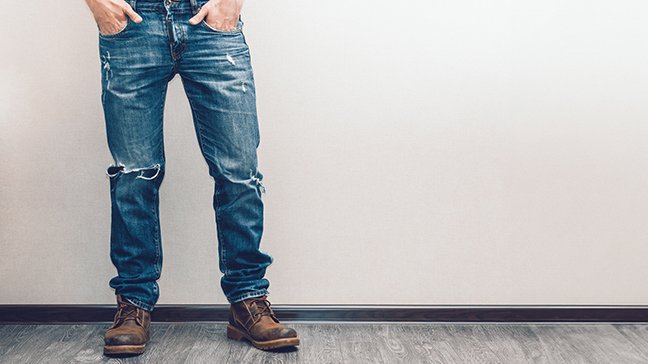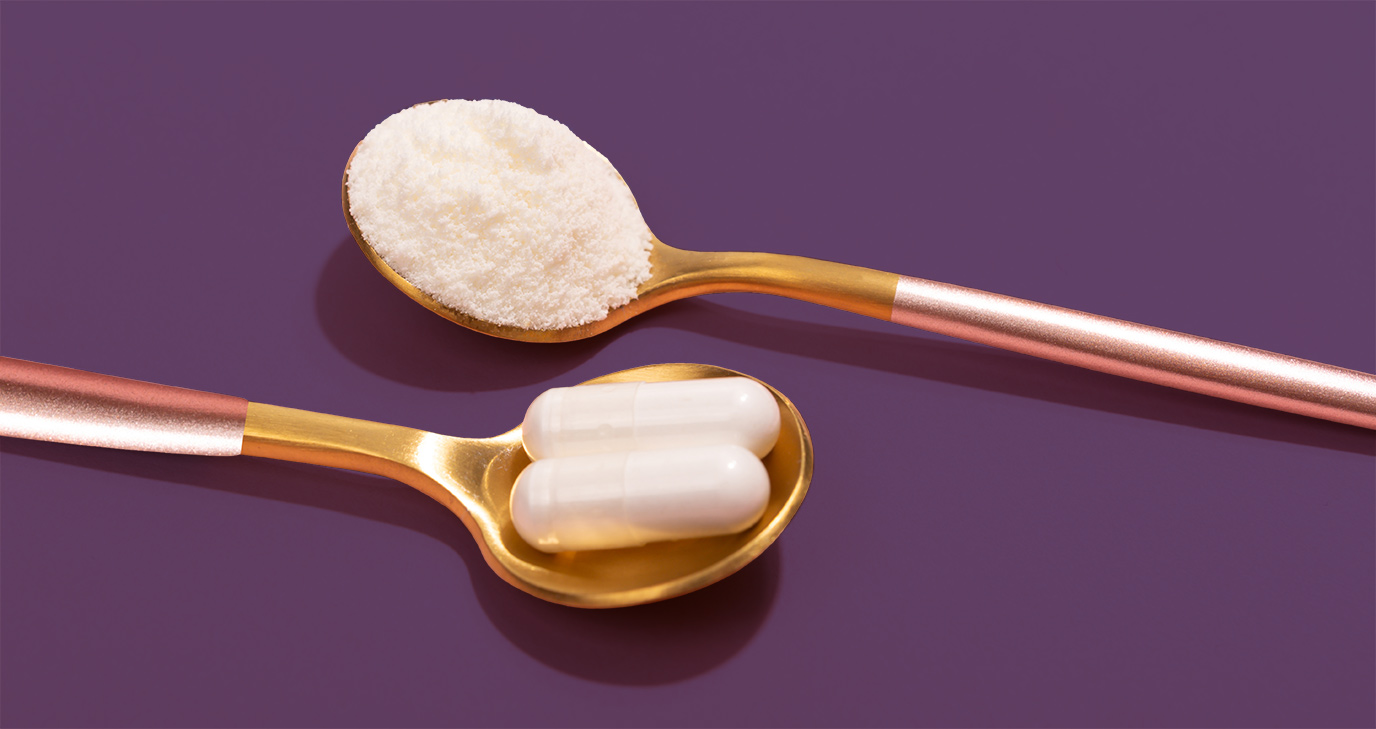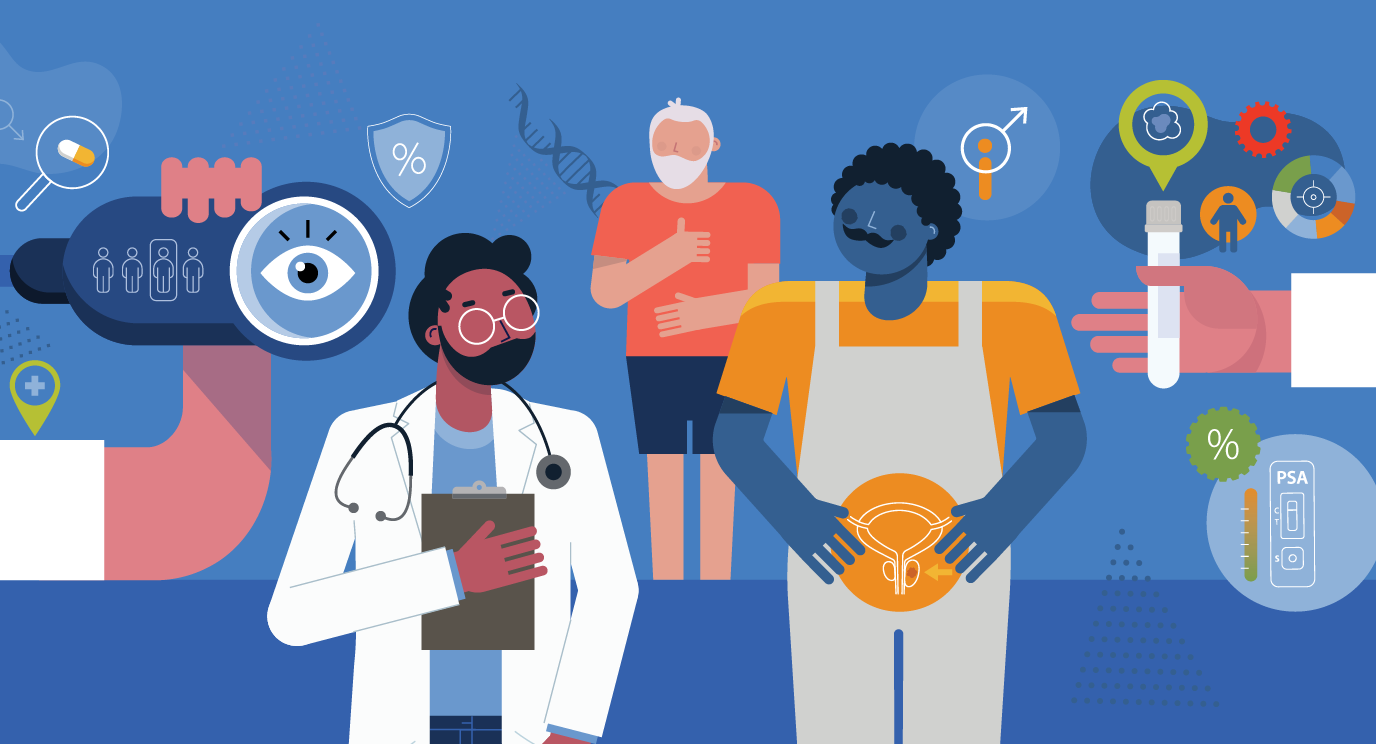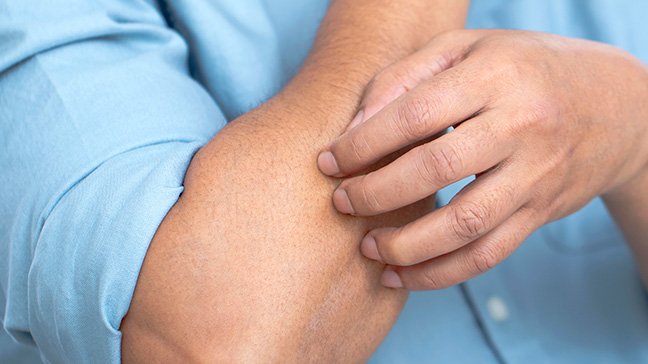- Diseases
- Acoustic Neuroma (16)
- Adrenal Gland Tumor (24)
- Anal Cancer (70)
- Anemia (2)
- Appendix Cancer (18)
- Bile Duct Cancer (26)
- Bladder Cancer (74)
- Brain Metastases (28)
- Brain Tumor (234)
- Breast Cancer (726)
- Breast Implant-Associated Anaplastic Large Cell Lymphoma (2)
- Cancer of Unknown Primary (4)
- Carcinoid Tumor (8)
- Cervical Cancer (164)
- Colon Cancer (168)
- Colorectal Cancer (118)
- Endocrine Tumor (4)
- Esophageal Cancer (44)
- Eye Cancer (36)
- Fallopian Tube Cancer (8)
- Germ Cell Tumor (4)
- Gestational Trophoblastic Disease (2)
- Head and Neck Cancer (14)
- Kidney Cancer (130)
- Leukemia (342)
- Liver Cancer (50)
- Lung Cancer (286)
- Lymphoma (278)
- Mesothelioma (14)
- Metastasis (30)
- Multiple Myeloma (100)
- Myelodysplastic Syndrome (60)
- Myeloproliferative Neoplasm (6)
- Neuroendocrine Tumors (16)
- Oral Cancer (102)
- Ovarian Cancer (178)
- Pancreatic Cancer (160)
- Parathyroid Disease (2)
- Penile Cancer (14)
- Pituitary Tumor (6)
- Prostate Cancer (150)
- Rectal Cancer (58)
- Renal Medullary Carcinoma (6)
- Salivary Gland Cancer (14)
- Sarcoma (238)
- Skin Cancer (300)
- Skull Base Tumors (56)
- Spinal Tumor (12)
- Stomach Cancer (66)
- Testicular Cancer (28)
- Throat Cancer (92)
- Thymoma (6)
- Thyroid Cancer (100)
- Tonsil Cancer (30)
- Uterine Cancer (86)
- Vaginal Cancer (18)
- Vulvar Cancer (22)
- Cancer Topic
- Adolescent and Young Adult Cancer Issues (22)
- Advance Care Planning (12)
- Biostatistics (2)
- Blood Donation (18)
- Bone Health (8)
- COVID-19 (360)
- Cancer Recurrence (120)
- Childhood Cancer Issues (120)
- Clinical Trials (628)
- Complementary Integrative Medicine (22)
- Cytogenetics (2)
- DNA Methylation (4)
- Diagnosis (238)
- Epigenetics (6)
- Fertility (62)
- Follow-up Guidelines (2)
- Health Disparities (14)
- Hereditary Cancer Syndromes (128)
- Immunology (18)
- Li-Fraumeni Syndrome (8)
- Mental Health (122)
- Molecular Diagnostics (8)
- Pain Management (62)
- Palliative Care (8)
- Pathology (10)
- Physical Therapy (18)
- Pregnancy (18)
- Prevention (936)
- Research (390)
- Second Opinion (78)
- Sexuality (16)
- Side Effects (616)
- Sleep Disorders (10)
- Stem Cell Transplantation Cellular Therapy (216)
- Support (408)
- Survivorship (328)
- Symptoms (182)
- Treatment (1788)
A stem cell transplant patient looks to returning home
3 minute read | Published November 17, 2014
Medically Reviewed | Last reviewed by an MD Anderson Cancer Center medical professional on November 17, 2014
I decided to keep a diary of my stem cell transplant experience so it might help others in preparing for their stem cell transplants.
I used to own a primitive flight simulator that I ran using the keyboard. I could take off and fly any airplane on the list. What I couldn't do was land. I had two problems: I was ignorant of the process, and I was impatient. I had never flown before, so I had no idea what was involved.
My stem cell transplant experience -- a part of my chronic lymphocytic leukemia (CLL) treatment -- was much like using the flight stimulator. Pre-flight was like all those tests leading up to my stem cell transplant. Takeoff was Day 0 when the transplant actually began -- and when there could be turbulence in the lower atmosphere. Things generally smoothed out at cruising altitude a few weeks later.
Now, I'm focused on landing -- in other words, going home.
Preparing to leave the hospital after my stem cell transplant
The landing started when medications change from IV to pills. This was the beginning of the 90-day restaging. The SCT Survivor's class was ordered. Chest X-rays were taken. PET scans, CT scans, bone marrow biopsies were all scheduled. It seemed like we are starting all over again.
My wife and I spent 90 minutes with a stem cell nurse. We went over slides discussing what to expect and how we should live for the next months.
The PET scan was next. After I completed a three-hour fast, an attendant gave me the dose of radioactive material that provided the markers for the test. At last, I was ushered into the scan room and positioned on the traveling table. I was told to breathe normally. The table moved, and I once again relaxed and almost fell asleep. Twenty-three minutes later, the scan was complete.
I think the CT scan is the worst. Not because it is hard, but because it requires a six-hour fast before the test, which for some strange reason is always in the afternoon. At least I get breakfast -- if I start early enough.
This test was preceded by an hour of sipping a very large beverage laced with a trace material. I always chose cranberry juice. Finally, I sipped on to the table and held my breath while the scans were made.
The bone marrow aspiration and biopsy concluded the major tests. Many people fear this test; I think mostly because of the old tales of pain and suffering. In reality, and I have talked to others who agree, once the anesthetic began, all that was involved was pressure as the technician worked the tools through the hip bone and into the marrow. Perhaps there was a bit of discomfort as the marrow was extracted, but that was about it.
Going home
I suspect all stem cell transplant patients are praying that nothing stalls the process by this time. We are not only pressed from the outside; we are worried about the inside. Most of all, after nearly four months away, we want to go HOME.
Fortunately for me, all my test results looked good, and I was released to return home. I had landed.
As I left MD Anderson, I thought about the flight stimulator again. I imagined a plane slowing and nearing the ground. Each thump of the plane's tires spoke to me: "Survivor. Survivor. Survivor. You. Are. A. Survivor."
At the exit, Melanie and I thank the attendants, the pilot for a wonderful flight. Only in our case, it is the nurses, the doctors, the entire staff, and everyone that makes up MD Anderson. Thank you, one and all!
Harley Hudson is a retired pastor, carpenter, electrician, plumber, assembler of road graders, furniture refinisher, janitor, graphic designer, English teacher, aircraft parts inspector, and college adjunct professor of writing, among other lesser career choices He and his wife live in Arkansas and have three daughters and nine grandchildren. Follow him on his personal blog.






